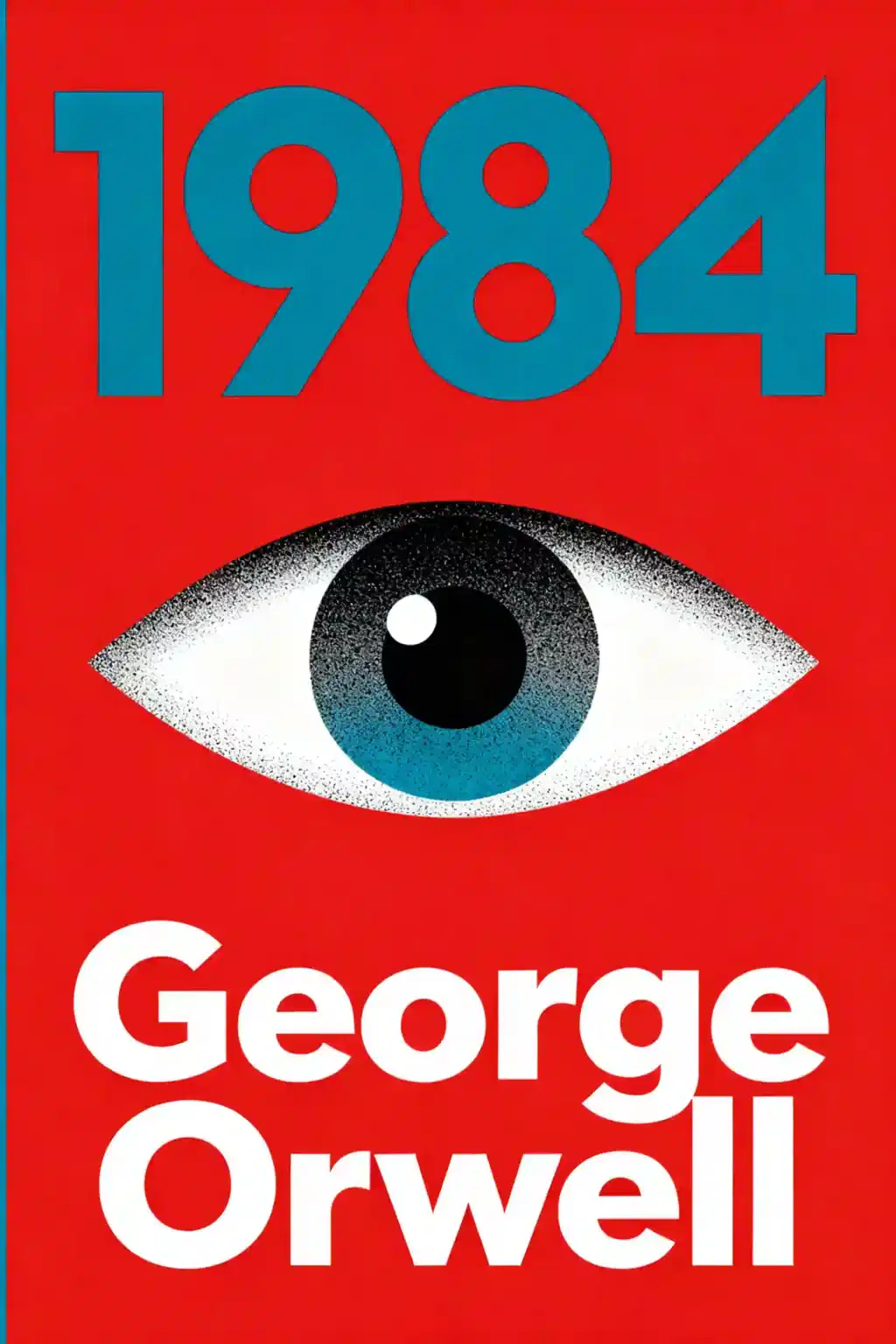What is
A State of Fear by Laura Dodsworth about?
A State of Fear examines how the UK government weaponized fear during the COVID-19 pandemic, using behavioral psychology and nudge theory to manipulate public compliance. Dodsworth exposes tactics like amplifying perceived threats, leveraging media narratives, and exploiting isolation to control behavior, arguing these strategies eroded democracy and mental health.
Who should read
A State of Fear?
This book suits readers interested in government psychology tactics, critics of COVID-19 policies, or those exploring societal manipulation. It’s particularly valuable for individuals questioning media narratives, behavioral science applications, or the ethics of fear-driven public health strategies.
How does Laura Dodsworth critique the UK government’s COVID-19 strategy?
Dodsworth argues officials intentionally magnified fear through exaggerated risk messaging, restricted peer-reviewed science, and covert behavioral interventions (e.g., the SPI-B’s “increasing personal threat” directive). She links these actions to heightened public anxiety and reduced critical thinking.
What role does behavioral science play in
A State of Fear?
The book highlights how “nudge units” like SPI-B employed techniques from behavioral psychology—such as fear appeals, social norming, and loss aversion—to engineer compliance with lockdowns and mandates, often without public transparency.
Does
A State of Fear discuss media collaboration in fear campaigns?
Yes. Dodsworth critiques media outlets for uncritically amplifying government messaging, using sensationalist headlines, and suppressing dissenting expert opinions, which she claims deepened societal division and irrational fear.
What evidence does Dodsworth provide about government manipulation?
The book cites leaked SPI-B documents advising ministers to “use media to increase sense of threat,” anonymized interviews with policymakers, and case studies of citizens psychologically harmed by prolonged fear tactics.
How does
A State of Fear compare to critiques like
The Covid Consensus?
Unlike academic critiques, Dodsworth’s work blends investigative journalism with firsthand accounts, focusing on emotional manipulation rather than policy failures. It’s often compared to Naomi Wolf’s The Bodies of Others for its dissent from mainstream COVID narratives.
What are the main criticisms of
A State of Fear?
Detractors accuse Dodsworth of oversimplifying complex public health decisions and downplaying COVID-19’s risks. Pro-lockdown advocates, like David Aaronovitch, dismiss it as “conspiracy hooey,” though supporters praise its exposé of ethical breaches in behavioral science.
How relevant is
A State of Fear in 2025?
The book remains a touchstone for debates on post-pandemic governance, especially regarding mental health crises, trust in institutions, and the ethics of “emergency” psychological manipulation. Its warnings about fear-as-control resonate amid AI-driven misinformation trends.
What solutions does Dodsworth propose to counteract fear-based governance?
She advocates for transparent policymaking, media literacy education, and legal safeguards against psychological manipulation. The book urges citizens to reclaim critical thinking and demand accountability from behavioral science institutions.
How does
A State of Fear address long-term societal impacts?
Dodsworth warns of eroded trust, normalized surveillance, and a “post-truth” public square, using interviews with psychologists to trace rising anxiety and authoritarian compliance to pandemic-era fear tactics.
Where can I buy
A State of Fear by Laura Dodsworth?
The book is available globally via major retailers, including Amazon, Bookshop.org, and direct from publishers. International editions are sold in Spain, the US, Canada, Australia, and New Zealand.














